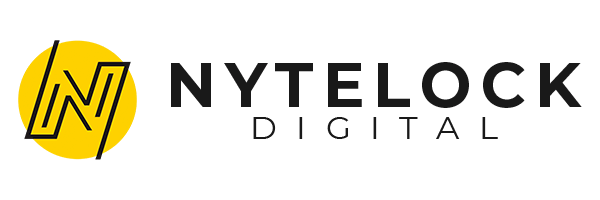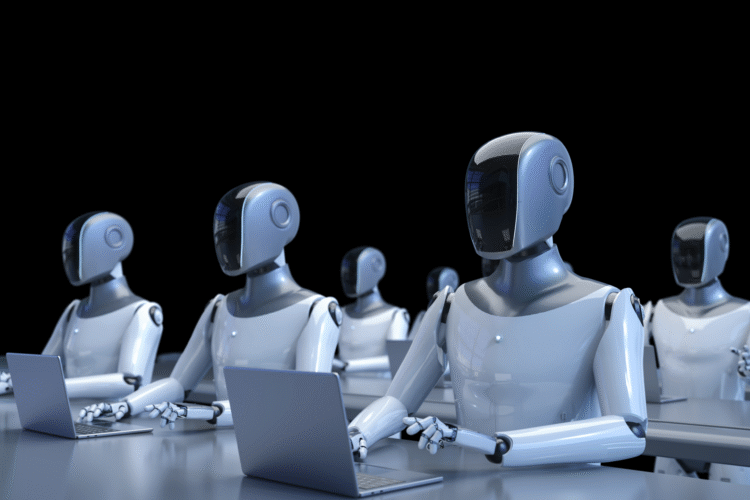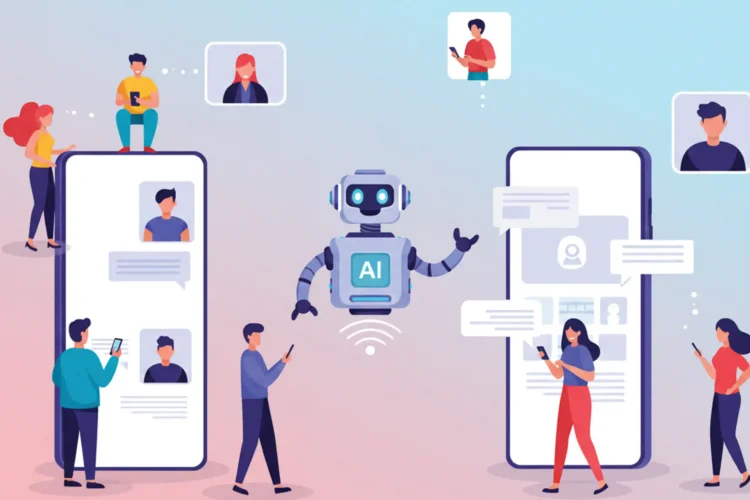
The buzz around AI tools for business has never been louder. Every new app promises shortcuts, productivity boosts, or even full business transformation. It’s tempting to believe the hype, especially when competitors brag about adopting the latest AI-driven solutions. But many businesses discover too late that buying tools isn’t the same as building growth. The real question is: what happens when the hype fades and you’re left with the day-to-day realities of running a business?
Is AI a reliable tool?
AI can be reliable when used within its limits. Tools like AI assistants or machine learning platforms can handle data analysis, automate repetitive tasks, and even improve customer interactions. But reliability depends on the quality of training data and the oversight applied by humans. Without checks, even the best AI systems can make errors that undermine business processes.
For example, AI assistants are effective at answering routine customer queries, but they often struggle with complex or emotionally charged questions. Businesses that treat AI as a complete replacement for human staff often find reliability drops where nuance and empathy are required. In this sense, AI is a tool — but it needs human guidance to ensure quality service.
What problems can AI solve and not solve?
AI is excellent at solving problems where large amounts of data are available. In Singapore’s retail sector, for example, AI-driven analytics can identify buying patterns and improve supply chain efficiency. Similarly, AI-powered content tools can generate product descriptions in seconds, freeing up staff to focus on higher-value tasks. These are practical wins that show AI enables efficiency when applied correctly.
However, AI struggles in areas requiring judgment, creativity, or moral decision-making. It cannot set company vision, lead teams, or adapt to unforeseen crises like a sudden regulatory change. Businesses that expect AI to handle leadership or strategy risk disappointment. The balance comes from knowing what AI can support and what only humans can resolve.
What is the biggest risk with using AI?
The greatest risk is overreliance without human oversight. When businesses assume AI-driven decisions are always correct, they expose themselves to hidden errors, data bias, and even manipulation by malicious actors. And these risks are not theoretical as companies worldwide have seen AI models fail spectacularly when left unchecked.
One of the most cited examples is Zillow’s collapse in 2021. The U.S. real estate company leaned heavily on an AI-powered pricing algorithm to buy homes through its “Zillow Offers” program. The model frequently overestimated property values, leaving Zillow with thousands of overpriced homes and a $304 million write-down. Within months, the firm laid off 25% of its workforce and shut down the entire business unit.
According to S&P Global Market Intelligence, 42% of companies scrapped most of their AI initiatives in 2025, up from 17% the year before. Nearly half of proof-of-concept projects never made it to production, largely due to overestimating AI’s capabilities, high costs, and lack of strategy. Even McDonald’s had to abort an AI drive-thru ordering system in 2024 after repeated errors frustrated customers. Analysts now stress that knowing when AI is the right tool — and when it isn’t — is critical.
How is AI useful for businesses?
Used wisely, AI strengthens business processes and supports growth. For instance, supply chain systems powered by AI can reduce waste by predicting demand more accurately. Marketing teams can rely on AI-driven analytics to understand customer behavior, and facilities can adopt AI solutions to streamline operations. These applications demonstrate that AI technologies work best when they enhance human judgment, not replace it.
AI adoption also helps small businesses scale faster. Automating repetitive tasks like scheduling, invoicing, or email responses frees up time for leaders to focus on strategy and customer relationships. But these gains only translate into sustainable growth when paired with clear goals and consistent oversight.
What are the best AI tools for business?
There isn’t a one-size-fits-all answer — the “best” AI tools depend on your industry and business needs. A retail shop may benefit from AI-powered inventory tracking, while a professional services firm may prefer AI assistants for scheduling and drafting reports. Free trials offered by many platforms allow businesses to test tools before committing, but choosing wisely requires knowing the problem you want to solve first.
Categories worth considering include AI systems for data analytics, customer service, and content generation. But remember: the goal isn’t to adopt every AI technology available. Instead, businesses should focus on a few reliable AI solutions that align with their long-term objectives and integrate smoothly into existing workflows.
Growth Needs More Than Gadgets
AI can amplify what already works in a business, but it cannot create direction on its own. This is where strategy comes in. At Nytelock, we help Singapore businesses cut through the hype, adopt AI tools with purpose, and design growth systems that last. Our focus is not just on installing technology, but on building strategies where humans and AI complement each other. If you’re ready to move beyond buzzwords and see real growth, Nytelock is here to guide the way.


